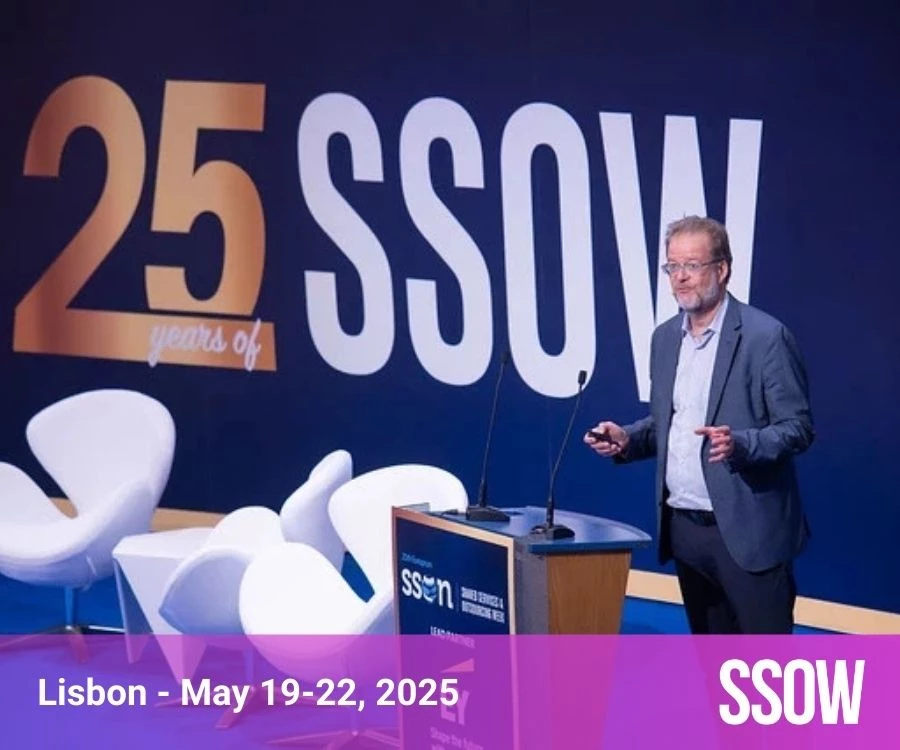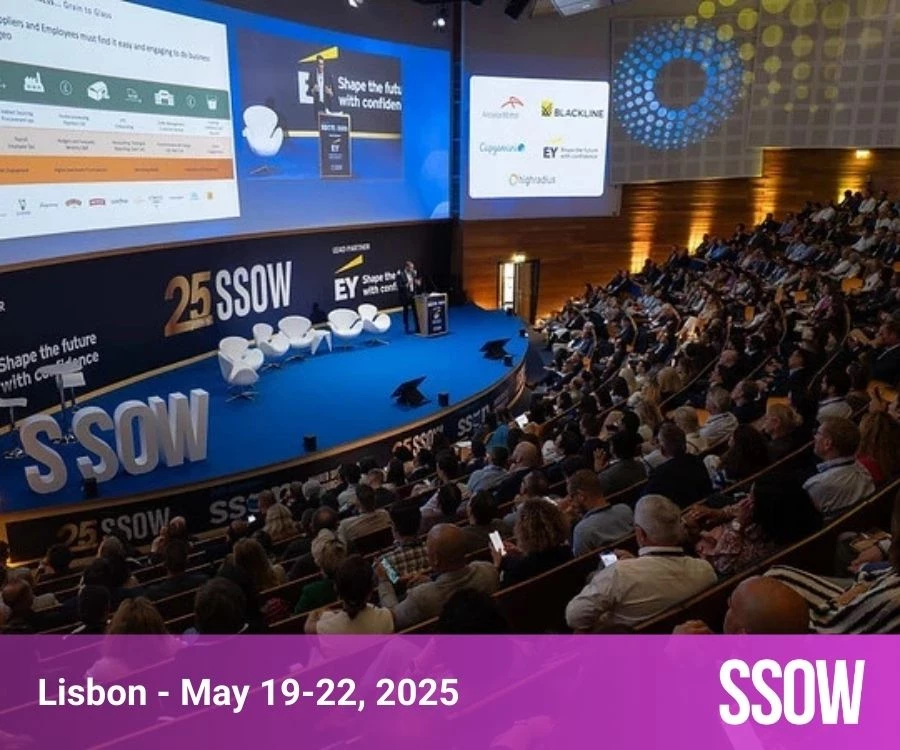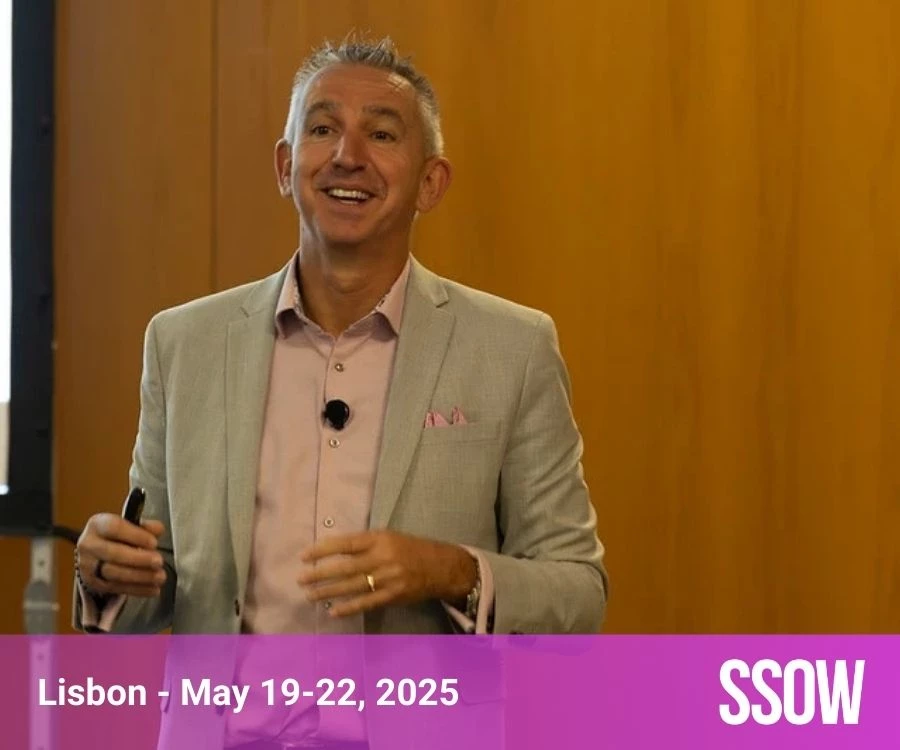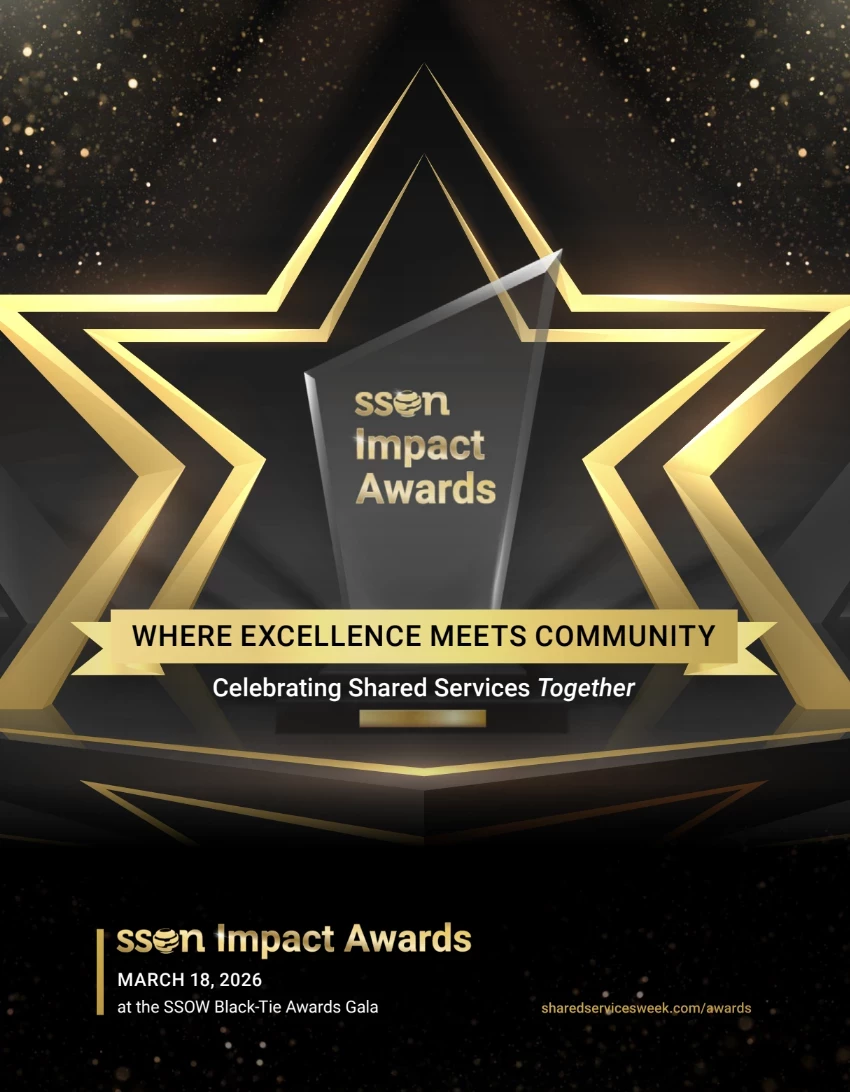
Almost everyone recognizes that organizations vary immensely across various industries. However, everyone also recognizes there is one goal commonly shared across organizations, the goal to maximize sustainable value. Furthermore, most people would acknowledge that maximizing sustainable value gets harder over time, especially in our disruptive digital economy. While there are many ways an organization can go about maximizing sustainable value, I am going to discuss one approach that may not be familiar to you, building a data intelligent GBS.
Investing in a data intelligent GBS organization not only reduces costs and cycle time, but it also improves the organization’s data insight capabilities to drive better, faster business decisions. A data intelligent GBS organization is a catalyst for optimizing customer and employee experience – prerequisite for maximizing sustainable value. Focusing on a data intelligent GBS organization requires leaders to undergo a mindset shift as they focus on how best to build and mature the GBS organization. I will share a practical approach for starting the journey today towards building a data enabled GBS capability.
Step #1: Define data-led process lifecycle
When it comes to defining data-led process lifecycles, it is important to take an enterprise view and partner with cross-functional stakeholders and align on key business outcomes and decision needs. This approach enables leaders to break out of their paradigm and drive thought leadership from a business first mindset. It helps leaders avoid common mistakes such as limiting focus on the subset of activities their direct team supports or being bound by the existing ways of working. Furthermore, GBS leaders can use this technique to help their organizations pivot away from a transactional GBS back office to a center of excellence value added GBS capability. Once the key business outcomes have been identified, it forms the basis for identifying key data attributes required to deliver optimal outcomes. It is important to engage with cross-functional subject matter experts to identify the full set of data attributes in an optimal setting while being mindful to source, feasibility, and quality considerations.
Once the data mapping has been completed, you can identify the optimal process to collect, process and maintain the data required to facilitate faster, better decisions. When mapping out the optimal process, it will generally result in starting, stopping, or changing existing processes and ways of working. Once that the optimal process and data flow has been mapped out, focus can shift to defining the optimal delivery model which will typically result in maximizing the use of shared capabilities enabled by automation. Taking an enterprise view based on data helps guide the path towards a process promoting a strong culture of accountability and better end-user experience. When defining a data-led process lifecycle, it is equally important to recognize the anticipated challenges on data quality and availability. Day 1 of operationalizing a data-led process lifecycle may not be enabled by a perfect dataset; however, it does create a systematic path for automating processes while improving data quality over time.
Step #2: Assess change impact on talent
Now that we have defined a more innovative way to run our data-led processes, it is safe to say we can’t implement them without thoughtful consideration of our talent. After all, GBS organizations at its core are people centric organizations. As more and more organizations are increasing the use of GBS operating models, growing share of the organization’s employee base are working within the GBS network. With an expectation to increase the use of automation to deliver faster cycle times and provide quicker, reliable data intelligence, it is important to determine the talent needs and gaps required to successfully meet this expectation. It is more important than ever, for GBS leadership to conduct capability gap assessments to identify talent requirements for the future of work while creating a platform for attracting, developing and retaining talent.
In a data-led GBS organization, it is typical for organizations to identify the need to incorporate dedicated operational excellence experts, data scientists, and technologists in their GBS teams. Yes, that's right, technologists! As we build GBS organizations for the future, the teams need access to dedicated technologists who understand the GBS capabilities and can partner with them to accelerate the continuous innovation journey. As we futureproof our teams, it is important to recognize these technical capabilities are no longer limited to specialized departments, for example the IT department. Alternatively, these capabilities need to be integrated into the DNA of our GBS teams.
Once we have identified the capability gaps, it may seem natural to externally source talent to close the gaps. While that may be the case sometimes, it is also our responsibility to identify how best we can work with our existing talent to address the capability needs for the future. We need to assess the potential of our talent and develop structured programs designed to elevate their technology skills, problem solving skills and emotional intelligence capabilities. Uplifting these foundational skills will enable our talent to be more agile as the data enabled GBS organization matures over time. Furthermore, our talent can take a more active role in leading the innovation journey required to evolve towards a data enabled GBS organization. That is correct, our own GBS talent can pivot from solely supporting back-office services to creating data services that provide added value to our customers.
As we strengthen our bench, let’s not forget to formally redefine existing roles and update the performance management process to reflect the new ways of working. It is equally important to ensure employees are recognized and celebrated for their contributions to higher value-added services provided to GBS customers.
Step #3: Execute steps to drive progress
Once we have defined the optimal data-led processes and assessed the change impact on our people, it can feel overwhelming how best to make the new way of working real in our GBS organization. It is important to continuously remind each of us, including ourselves, Rome was not built in a day. Change is hard, especially when we are talking about evolving from a transactional GBS organization to a data intelligent GBS organization. This shift calls for a change in culture with both our employees and our customers. It is more important we drive gradual progress through a sequence of activities. Firstly, in any innovation journey, it is key to prioritize investments to strengthen the foundational building blocks. Unfortunately, targeted investments in building a stronger foundation may not give us instant gratification. However, it plants the roots required to build a successful data intelligent GBS organization that can be self-sufficient.
While it is common for leaders to prioritize technology gaps, it is even more important to prioritize talent investments followed by simplification of the technology footprint and strengthening of the data footprint. We must remind ourselves that GBS is largely a people organization; hence putting people investments in the forefront is key to success. As leaders take step changes to build a data-intelligent GBS, take a pause to recognize and celebrate the small wins. A portfolio of small, consistent wins adds up quickly over time.
Conclusion
In conclusion, it is true GBS plays a key role in contributing to shareholder value; however, a data intelligent GBS enables an organization to maximize shareholder value. A data intelligent GBS organization not only reduces the cost of operations and increases speed of delivery, but it also provides business intelligence.
A data intelligent GBS can be the vehicle to attract, develop and engage high performing talent while creating a platform for our customers to support decision making capabilities. But this shift requires leaders to reimagine the way they view processes by starting with business outcomes first. It also requires leaders to start the journey with an employee centric mindset. Lastly, as any change journey can feel exhausting with too much to accomplish, it is important to take practical steps to change, drive progress and celebrate the small wins over time. As the world around us becomes more digital each day, let’s not let our inner anxiety hold us back from building a data intelligent GBS. A data intelligent GBS will enable the business to stay ahead of competition and remain relevant in our ever-changing world.



































